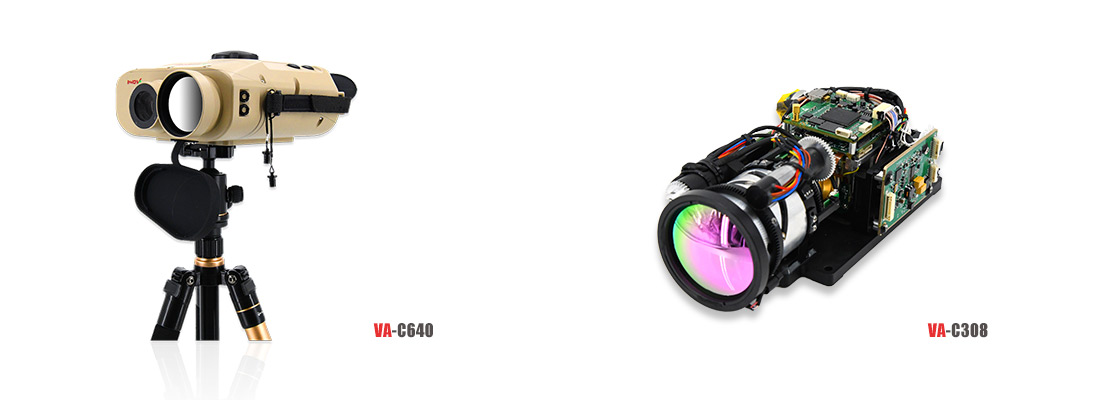March 11,2024By:Innova OpticsView:420
I believe this is a difficult choice that many friends will face when purchasing thermal imaging camera products. Both binocular thermal imaging cameras and monocular thermal imaging cameras have their own unique advantages. For example, binocular thermal imaging cameras are comfortable to watch but are large and heavy, while monocular thermal imaging cameras are small and lightweight, but their eyes hurt after being watched for a long time, etc. , here we will not comment on who is good or bad. Originally, "good" and "bad" are relative concepts. Here, I can ask you a question first, "Which product will make you feel more comfortable when using it, a binocular thermal imaging camera or a monocular thermal imaging camera?".
Reason 1: Viewing comfort angle
I believe that friends who have used monocular thermal imaging cameras or monocular telescopes will have a feeling that their eyes hurt and feel dry after watching them for a long time. Friends who have not used this type of monocular outdoor photoelectric products can also experience it this way, that is, close one eye and observe the things around you. How long you can hold? Do you feel uncomfortable after observing it for a while? The experience of watching things around you with one eye is similar to the experience of using a monocular thermal imaging camera. It can even be said that the experience of using a monocular thermal imaging camera is worse than the experience of watching with your eyes closed. Because when using a monocular thermal imager, you not only need to close one eye, but this eye is also stimulated by the light in the thermal imager barrel.
Reason 2: Restore the integrity of the image viewing effect
Because the human brain is pre-conditioned to receive visual information from two optical channels at the same time and combine this information into a complete image. When observing with one eye, the brain can only receive a single piece of information. The binocular thermal imager adopts a binocular structure design, which can not only effectively reduce eye fatigue caused by long-term viewing, but also restore the observation effect to the greatest extent.
Reason 3: Analyze the field of view of the image being viewed
In fact, this point can be combined with the second point. However, the word field of view is more from the user's perspective. The second point mentioned in the second point of restoring the integrity of the viewing effect is from the perspective of visual theory. There is no need to explain too much here. The field of view of a binocular thermal imaging camera is definitely much larger than that of a monocular thermal imaging camera.
The above three points are the information I analyzed about the current user demand for thermal imaging camera products. Whether objectively or subjectively, binocular thermal imaging camera products will definitely enter the next round of the market as new outdoor optoelectronic products. In the competition, VA-C640 and VA-308 are the latest binocular night vision devices developed by our company.

"Long-term comfortable observation experience" should be the basic demand of users for all outdoor optoelectronic products. Outdoor industry research experts say that binocular thermal imaging cameras will become the mainstay in the next five years. In my opinion, 5 years is too long. It may be within 3 years, maybe within 2 years or less. The products on the market are ever-changing, and the only constant is "the changing needs of customers."
Go Top